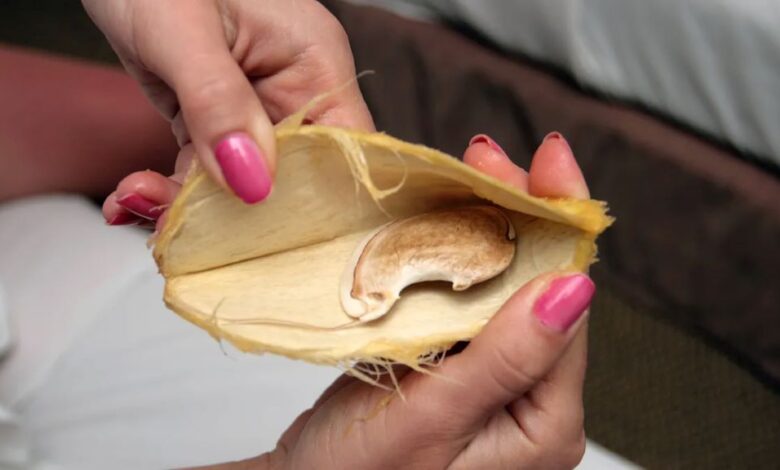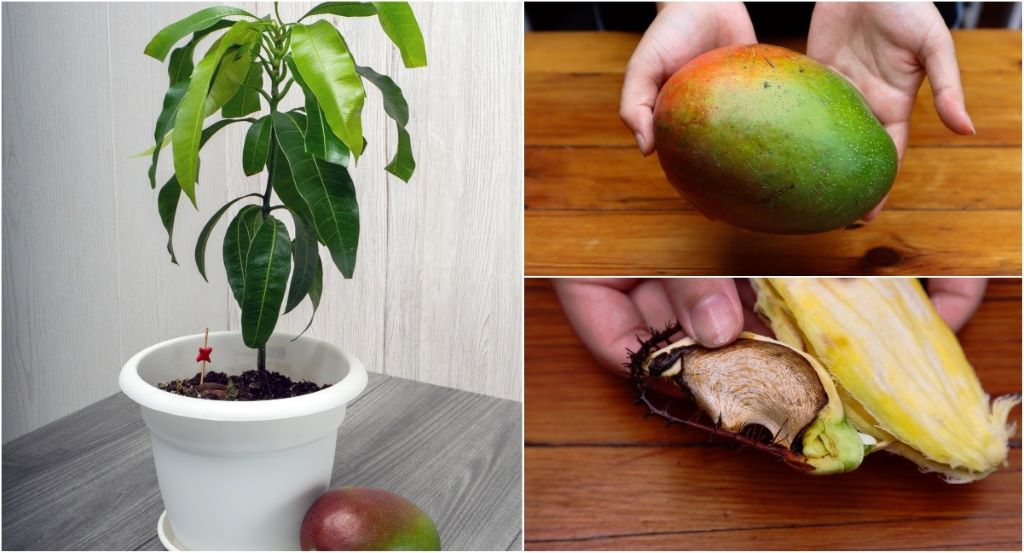How to Plant a Mango Seed: A Comprehensive Guide for Mango Enthusiasts

Growing your own mango tree from a seed can be a rewarding experience, especially considering the sweet, juicy flesh and tropical aroma that make mangoes, often hailed as the “king of fruits,” so beloved. Even for those without a green thumb, it’s surprisingly achievable. And if you happen to have a honey mango seed, you’re in for a treat! Let’s delve into the step-by-step process:
1. Selecting the Right Mango Seed
Not all mango seeds are created equal. Choose a seed from a fully ripe, preferably organic mango. Ripe mangoes are more likely to produce viable seeds. If you can, select a variety that’s known to do well in your local climate.
2. Extracting and Preparing the Seed
- Carefully cut open the mango: Avoid slicing into the seed, which is housed within a fibrous husk.
- Extract the husk: You’ll find a large, flat seed within the husk. Clean it thoroughly, removing any remaining fruit pulp.
- Optional: Scarify the seed: This means gently nicking the outer coating of the seed with a knife or sandpaper. While not always necessary, it can help speed up germination.
- Soak the seed (optional): Some people soak the seed in water for 24 hours before planting. This can help jumpstart the germination process.

Related: What is the Tool for Making a Garden
3. Planting the Seed
- Choose a suitable container: A small pot (6-8 inches deep) with drainage holes is ideal.
- Fill with well-draining soil: Mangoes prefer slightly acidic soil (pH 5.5-7.5) that’s rich in organic matter.
- Plant the seed horizontally: The seed has a convex and concave side. Plant it with the concave side facing down and the top slightly exposed above the soil level.
- Water thoroughly: Keep the soil consistently moist, but not waterlogged.
4. Germination and Early Growth
- Place in a warm, sunny location: Mango seeds thrive in temperatures between 70-85°F (21-29°C).
- Be patient: Germination can take anywhere from one to three weeks.
- Monitor for sprouts: Once the seed sprouts, ensure it gets plenty of sunlight.
5. Caring for Your Mango Seedling
- Watering: Water regularly, especially during hot weather, but avoid overwatering.
- Fertilizing: Feed the seedling with a balanced fertilizer every few months.
- Repotting: As the seedling grows, you’ll need to transplant it to larger pots.
- Pruning: Regular pruning encourages bushier growth and can help manage the size of the tree.
Additional Tips for Success
- Provide adequate sunlight: Mango trees thrive in full sun.
- Protect from frost: Young mango trees are sensitive to cold temperatures.
- Be aware of pests and diseases: Monitor for common mango pests like scale insects and spider mites.
- Be patient: Mango trees can take several years to bear fruit.
A Note for Experienced Gardeners:
If you’re an experienced gardener living in a suitable climate, consider these additional options:
- Grafting: Grafting a seedling onto a mature mango tree can accelerate fruit production.
- Air layering: This technique allows you to propagate a branch from an existing mango tree.
The Rewards of Planting a Mango Seed
Planting a mango seed is a journey of patience and care, but the rewards are truly satisfying. Imagine the joy of harvesting your own homegrown mangoes, bursting with flavor and ripened to perfection. Not to mention, the mango tree itself is a beautiful addition to any landscape. So, why not try your hand at planting a mango seed and embark on this exciting horticultural adventure?




